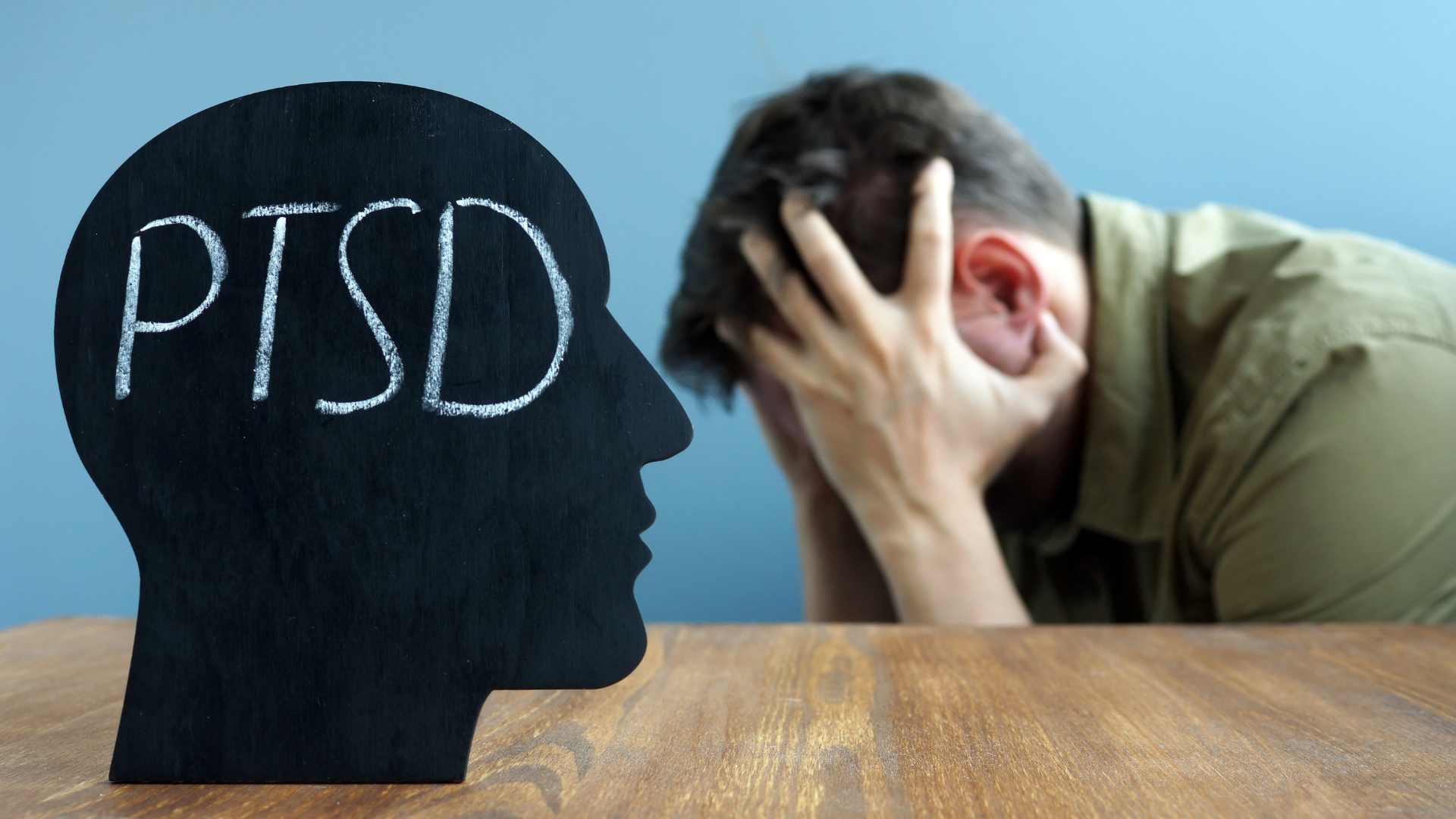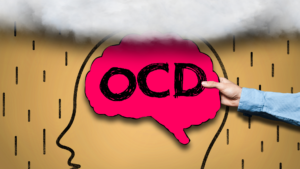
Post-traumatic stress disorder (PTSD) is a mental health condition that can be triggered by any event or series of events that is life-threatening or highly stressful. It’s estimated that around 8% of the population experiences PTSD at some point in their lives, and it can affect people of all ages, genders, and races.
In this blog post, we’ll discuss what PTSD is, its causes, who suffers from it, and the various treatments available. We hope that by reading this article you will have a better understanding of PTSD and what you can do if you or a loved one experiences it.
Post-Traumatic Stress Disorder Explained
PTSD is one mental health condition that can usually develop after exposure to any traumatic event, such as a rape, car accident, or military combat. PTSD can persist even if the person no longer experiences the original trauma. PTSD causes increased anxiety and fear, as well as physical symptoms like insomnia, headaches, and stomach pain. In some cases, PTSD can cause problems with memory and concentration.
PTSD is common in people who have experienced a traumatic event. It affects about 8% of Americans who have experienced a traumatic event in their lifetime, and it’s more common in women than in men. About 25% of people with PTSD also experience depression.
PTSD can be life-threatening if not treated properly. Individuals with PTSD often rely on a combination of therapy, medication, and alternative treatments to manage their symptoms effectively. Traditional therapies, such as cognitive-behavioral therapy (CBT) and eye movement desensitization and reprocessing (EMDR), are commonly used to help individuals process their trauma and develop coping strategies. For those looking for support, professionals like this online therapist can offer valuable assistance in navigating the challenges of PTSD. These professionals can provide a range of approaches that are tailored to your needs and help you regain control of your lives. Seeking help from a qualified therapist can be the first step towards healing and rebuilding a fulfilling life.
In addition to conventional treatments, some people explore alternative solutions, such as ibogaine treatment rosarito (and the like elsewhere). This approach is believed to help reduce the intensity of PTSD symptoms by facilitating profound introspection and emotional release.
Causes of PTSD
PTSD is a mental health disorder that can be caused by any number of traumatic events. It’s most common among military personnel who have been involved in combat.
PTSD is characterized by intense fear and anxiety that lasts for at least six months after the original trauma. It can interfere with your ability to function normally, and you may experience nightmares, flashbacks, and uncontrollable crying. If left untreated, PTSD can lead to long-term problems like depression and addiction.
Fortunately, there are specialized centres that can offer complete care and support for individuals suffering from PTSD. A trauma treatment center can provide a range of therapeutic approaches that are tailored to help people manage their symptoms and gain back control of their lives. Seeking help can be an important first step towards recovery and improving overall quality of life.
There’s no one cause of PTSD, but it can be triggered by a variety of events. Some common causes include:
- Combat: Exposure to violence, death, and destruction can lead to PTSD.
- Sexual abuse: Rape or other types of sexual assault can cause intense fear and anxiety.
- Child abuse: Witnessing violence or cruelty against a child can also lead to PTSD.
- Natural disasters: A major earthquake, hurricane, or other terrifying events can trigger PTSD in people who are susceptible.
- Accidents: Car accidents, fires, etc. can leave survivors with feelings of fear and trauma.
- Terrorism: Experiencing a traumatic event like a terrorist attack can lead to PTSD.
Treatment Options for PTSD
There is no known cure for PTSD, but treatments can help people manage their symptoms. Some common treatments include different types of trauma therapy for PTSD, medications, and various stress management techniques.
- Prolonged Exposure Therapy: PE will assist you in facing things that have been making you think of the traumatic experience. There are eight to fifteen sessions, with most lasting 90 minutes. Your therapist will teach you breathing exercises early on in treatment to reduce your anxiety as you reflect on what happened. You’ll later compile a list of the things you’ve been putting off and learn how to confront them one at a time. You’ll tell your therapist about the traumatic event at a subsequent appointment, after which you’ll go home and listen to a tape recording of yourself.
- Cognitive Processing Therapy: CPT is a 12-week treatment program that entails weekly sessions that last 60 to 90 minutes. Your therapist will first discuss the traumatic occurrence with you and how it has affected your life as a result of your ideas about it. After that, you’ll describe what happened in great detail. This method assists you in examining the mental models of your trauma and developing new coping mechanisms.
- Medications: With the use of medication, you can cease reflecting on what happened and responding to it, including experiencing nightmares and flashbacks. They may also assist you in adopting a more optimistic attitude on life and returning to feeling “normal.”
- Stress Inoculation Training: SIT is a type of cognitive behavioral therapy. You may complete it alone or with others. You won’t need to describe what happened in great detail. The emphasis is largely on altering how you approach event-related stress.
If you or a loved one is struggling with PTSD, please don’t hesitate to seek help. There are a variety of options available, and it’s important that you find the best fit for you.



